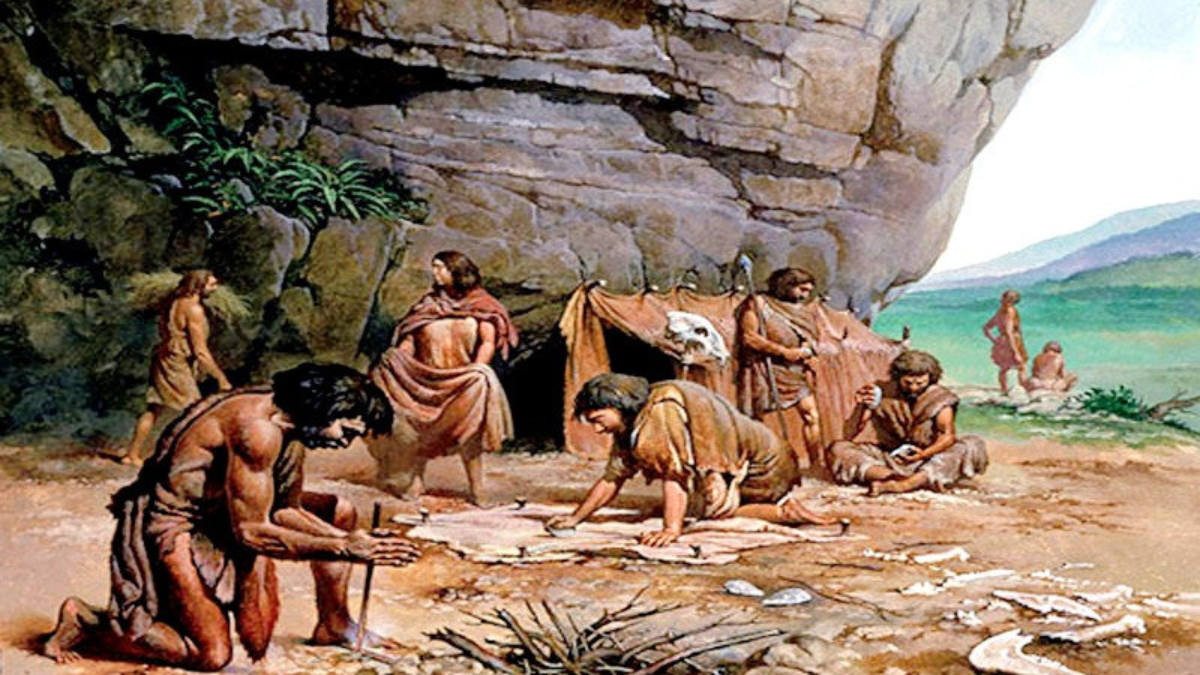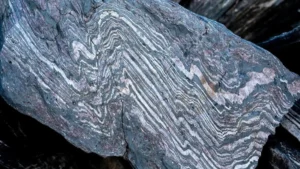The Paleolithic Age, also known as the Stone Age, marks the earliest period of human development, extending back to approximately 8000 BCE. It is divided into two epochs: the Lower Paleolithic (before 40,000 BCE) and the Upper Paleolithic (40,000-8000 BCE).
Studying the Paleolithic Age in India
The study of the Paleolithic Age in India can be categorized into three phases:
- Lower Paleolithic Age: This phase extended until around 40,000 BCE and sites were discovered in regions such as Punjab, Kashmir, Uttar Pradesh, and Rajasthan.
- Upper Paleolithic Age: Following the Lower Paleolithic, this period extended from 40,000 BCE to 8000 BCE, with sites discovered in Andhra Pradesh, Karnataka, and Madhya Pradesh.
Characteristics of the Paleolithic Age
During the Paleolithic Age, humans were primarily hunters and gatherers, utilizing rudimentary stone tools for hunting and other purposes. People had no knowledge of agriculture or permanent settlements, leading to a somewhat disorganized way of life. It is known that people consumed fruits and roots, and inhabited caves and mountains.
- Lower Paleolithic Age: This epoch predominantly spread across Western Europe and Africa, characterized by the primitive hunter-gatherer lifestyle. While no specific human group carried the Lower Paleolithic culture, it is believed to have contributed to the evolution of hominids such as Neanderthals.
- Middle Paleolithic Age: Mainly associated with early human forms, linked to Neanderthals, whose remains are often found in caves with evidence of fire usage. The term “Middle Paleolithic” originates from the Neander Valley (Germany).
- Upper Paleolithic Age: This epoch saw the rise of new stone industries and the emergence of Homo sapiens (modern humans). It marked the culmination of the Paleolithic era, giving birth to the Upper Paleolithic culture.
Tools of the Paleolithic Age
Stone tools discovered in regions like the Chota Nagpur Plateau, Kurnool, and Andhra Pradesh date back to nearly 100,000 years ago.
- Lower Paleolithic Age: The earliest stone tools, including the Oldowan tradition, consisted of simple choppers and flakes, representing the initial phase of tool manufacturing by hominids.
- Middle Paleolithic Age: Tools in this era were predominantly dependent on flakes, used to create borers, points, and scrapers. Microblades were also introduced during this period.
- Upper Paleolithic Age: Tools from this era included large blade flakes, scrapers, and burins. The lifestyle during this period was not significantly different from Neanderthals, with tools still relatively unpolished.
Community Life During the Paleolithic Age
People of the Paleolithic Age relied heavily on stone tools for both hunting and protection, as they lived near mountainous regions, caves, rivers, and shelters. The early Paleolithic humans were nomadic and lacked knowledge of settled life or agriculture. Therefore, they had no community life and resided in caves and mountains.
Paleolithic Sites in India
- Lower Paleolithic Age: Sohan Valley (now in Pakistan), Kashmir and Thar Desert regions, Mirzapur district in Uttar Pradesh, and Bidwana in Rajasthan.
- Middle Paleolithic Age: Narmada River Valley, Tungabhadra River Valley.
- Upper Paleolithic Age: Andhra Pradesh, Karnataka, Maharashtra, Southern Uttar Pradesh, Southern Bihar Plateau.
The Paleolithic Age, or the Stone Age, was a pivotal era in human development. During this time, humans learned to fashion tools from animal bones, marking a crucial milestone in the journey of human civilization.




 Which Mountain is known as the Sacred Mo...
Which Mountain is known as the Sacred Mo...
 Which Rocks are known as the Oldest Rock...
Which Rocks are known as the Oldest Rock...








